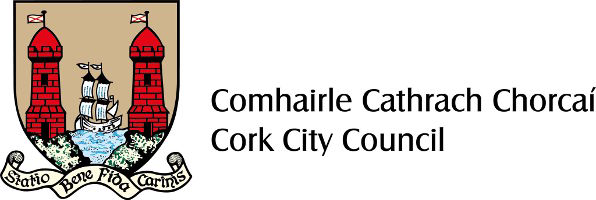I think you might be right.

I originally read it in the book -Adolf Beck (1877 - 1904) by Eric R. Watson. Just going back to quickly check, it does indeed say that Smith's convict number originally began with 'D' and then 'W' was added to denote a previous conviction.
...I'm confused now though as Le Grand doesn't have the 'W' in his convict number but does have two letters, one of them a 'D' but we know they were assuming a previous offence as Christian Nelson as the name is included as an alias.





Leave a comment: